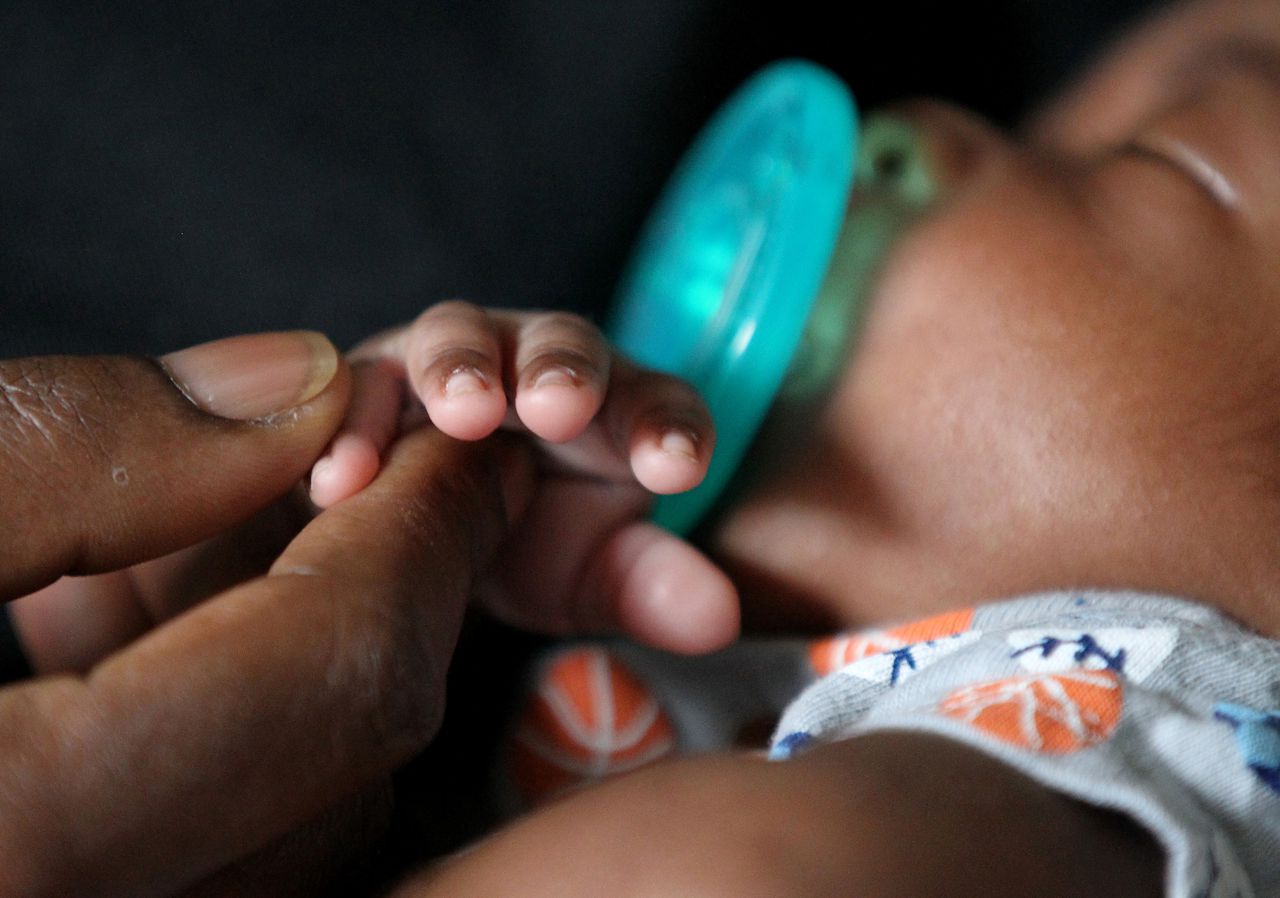Infant deaths are on the rise in the U.S. for the first time in 20 years
For the first time in two decades the U.S. saw an increase in infant mortality rates, a new report from the Centers for Disease Control and Prevention (CDC) shows.
Mortality rates for infants of Native American or Alaska Native birthing people “increased significantly,” from 7.46 infant deaths per 1,000 to 9.06 deaths in 2022 and deaths among infants of Black women remained the highest of all groups — almost double the country’s average at 10.86 per 1,000 births, according to the CDC’s report.
The overall infant mortality rate shot up 3 percent from 2021 to 2022, from 5.44 infant deaths per 1,000 live births in 2021 to 5.6 infant deaths per 1,000 the following year. Rates rose significantly for infants born preterm, male infants and for infants in Georgia, Iowa, Missouri and Texas.
In Georgia, 892 infants died in 2022, up 116 from the year before, according to National Vital Statistics System’s provisional data.
“It seems as if I am a broken record,” CEO of Healthy Mothers, Healthy Babies Coalition of Georgia, Ky Lindberg told the Atlanta Journal Constitution.”Yet the contributing factors attributed to this increase in infant mortality also track with factors attributing to our concerning maternal mortality rates,” she said.
Access to doctors, perinatal education and other social determinants of health — challenging living conditions that make it more likely that a person gets sick and faces difficulty in navigating the health care system — are challenges for women in Georgia.
The findings, based on data collected from birth and death records kept by the CDC, show mortality rates increased for maternal complications, which can range from high blood pressure to preeclampsia, and bacterial sepsis. Maternal complications and bacterial sepsis make up two of the ten leading causes of death.
American Academy of Pediatrics President Sandy L. Chung described these numbers as “disturbing and disappointing” in a news release.
“We live in a country with abundant resources. Yet the infant mortality rate in the United States is shockingly high,” she said. “There are many different reasons for this. We do know that families in poverty face many challenges including access to nutritious food and affordable healthcare. Racial and ethnic disparities related to accessible healthcare — including prenatal health services — are just one of the many possible reasons for lower birth weights of babies and sometimes, infant deaths.”
CEO and President of March of Dimes Elizabeth Cherot found the data discouraging. The organization focuses on improving the health of mothers and babies globally.
“We had been encouraged by the fact that more babies were surviving in the U.S. With today’s news, we’re disheartened to see that we’re now trending in the wrong direction.” Cherot said in response to the CDC’s findings.
Though the study doesn’t identify the reason the U.S. has seen such an increase, one of its authors said infant mortality rates are a big indicator of the overall well-being of a society and that significant increases can be a sign of a greater public health problem.
